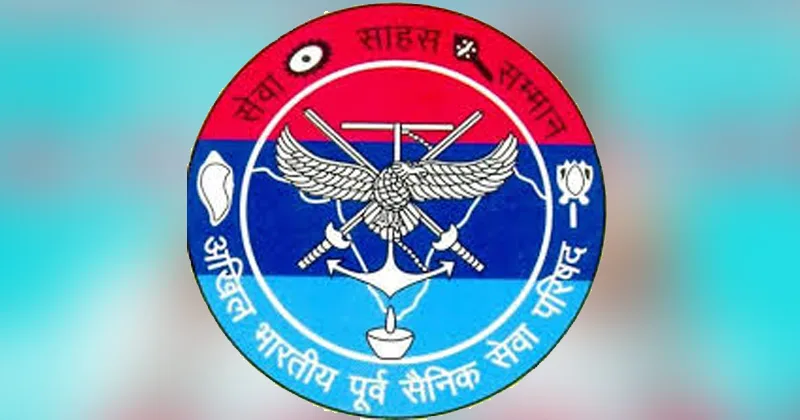Copyright brecorder

EDITORIAL: Economic Coordination Committee (ECC) of the Cabinet, the highest economic policymaking forum in the country, chaired by the Federal Minister for Finance Muhammad Aurangzeb, projected a renewed spell of an inflationary surge in the aftermath of the floods that not only reduced crop output but also disrupted supply chains. The ECC was further informed that cartelisation of edible oil and ghee sectors is further upping inflation. Cotton crop, a major input for the domestic yarn and textile industry accounting for over 50 percent of the country’s exports, suffered from a 34 percent decline this year against the year before, partly due to the floods but partly due to infestations (white fly, pink bollworm and chilli leaf curl virus disease), limited seed technology and competition with other crops. Pakistani administrations have so far failed to effectively compete with regional competitors in terms of increasing the yield per hectare through a pervasive use of technology (though the yield per hectare of the rich farmers compares favourably with the output in competing countries) and have, instead, relied on extending subsidies at the taxpayers’ expense to the farm sector. It is within this context that the ongoing International Monetary Fund (IMF) programme pointed out in its 10 October 2024 documents that “long-standing government interventions in agricultural commodities have created distortions inhibiting the sector’s productivity and harming Pakistan’s medium-term potential. Government price setting and procurement operations have made the agricultural sector unresponsive to changing consumer preferences, exacerbated price volatility and hoarding, undermined the incentives for innovation, misallocated resources, and placed a burden on fiscal sustainability. Going forward these interventions should be discontinued.” However, this observation pre-dated the 2025 devastating summer floods and one would hope that the IMF extends support to the large number of poor and subsistence farmers as well as the consumers. Inflation was projected at 5 to 7 percent in the current year, without taking account of the floods, and though the actual extent of the damage is yet to be quantified, food inflation is expected to double that would account for two to three percentage points more than the earlier estimate (the Sensitive Price Index for food and non-alcoholic beverages was calculated at negative 3.3 percent) and clothing and footwear at 14.12 percent. And, predictably, the highest increase in prices was witnessed by household spending 17,732 rupees per month though this does not take account of the unemployed as well as those whose mainly rely on the Kifalat Benazir Income Support Programme (BISP). This no doubt would lead to even more contractionary fiscal and monetary policies that are being implemented in conformity with the ongoing IMF programme. Almost all leading economists had, therefore, dampened the expectation of a long-standing private sector demand of reducing the discount rate from current 11 percent. While the economic team leaders constantly cite the decline in inflation from over 30 percent calculated more than year ago to under 7 percent today as a measure of an improvement in the economy yet with poverty levels at a high of 44.7 percent (calculated by the World Bank) and unemployment rising due to the continued negativity in the Large-Scale Manufacturing Sector (though in recent months the negativity has been reduced) the quality of life of the vulnerable to the lower to middle income earners has been severely compromised. With the massive flood devastation this summer there is a real concern of a rise in socio-economic unrest. One would hope that the IMF and the authorities can reach an accord on the third review with respect to not only enhancing the kifalat programme but also in terms of providing food subsidies to the vulnerable and unemployed through higher allocations for BISP. Copyright Business Recorder, 2025



